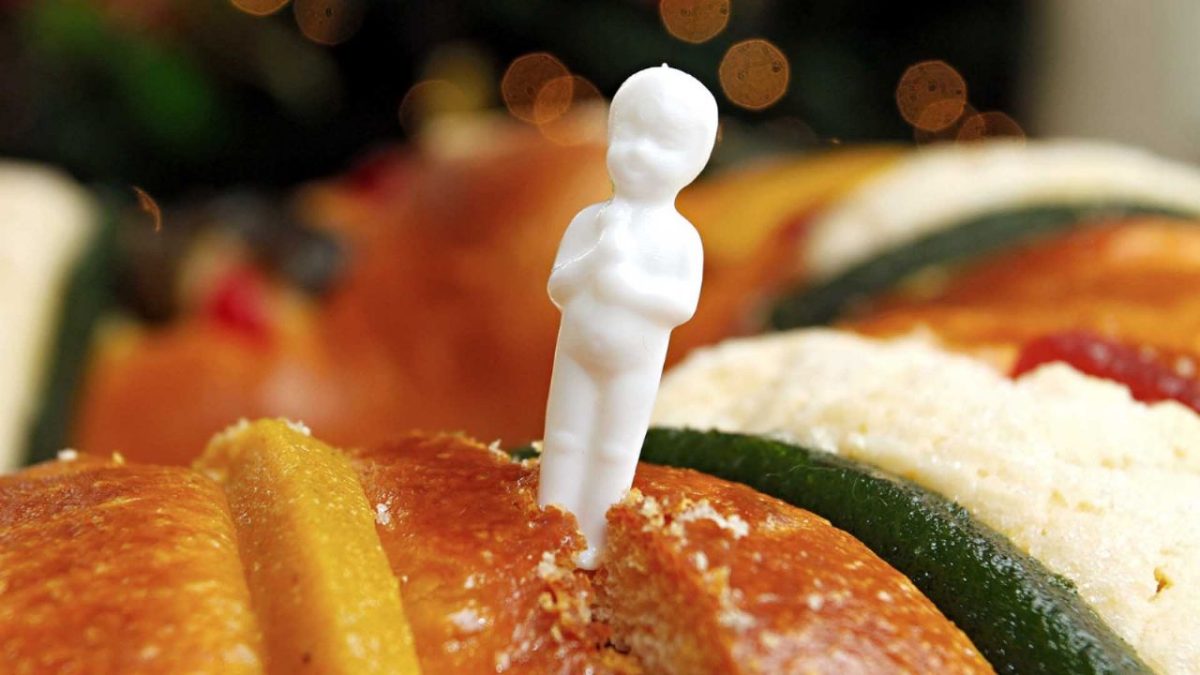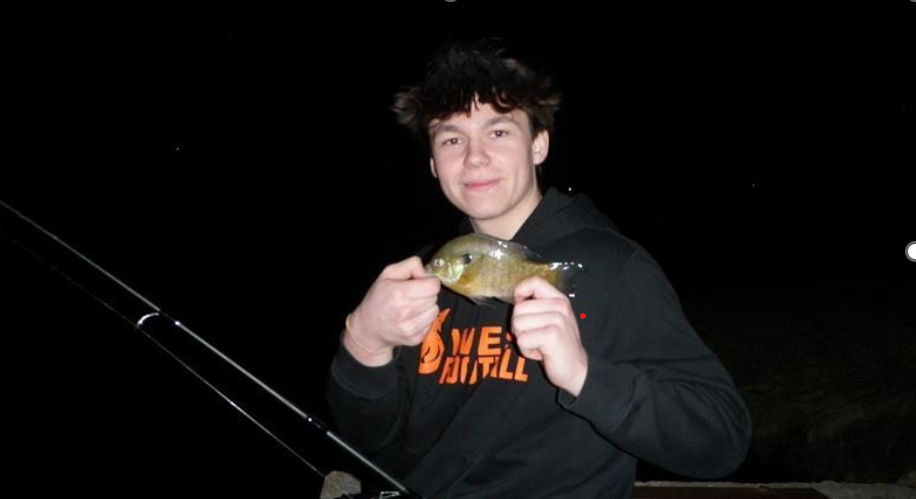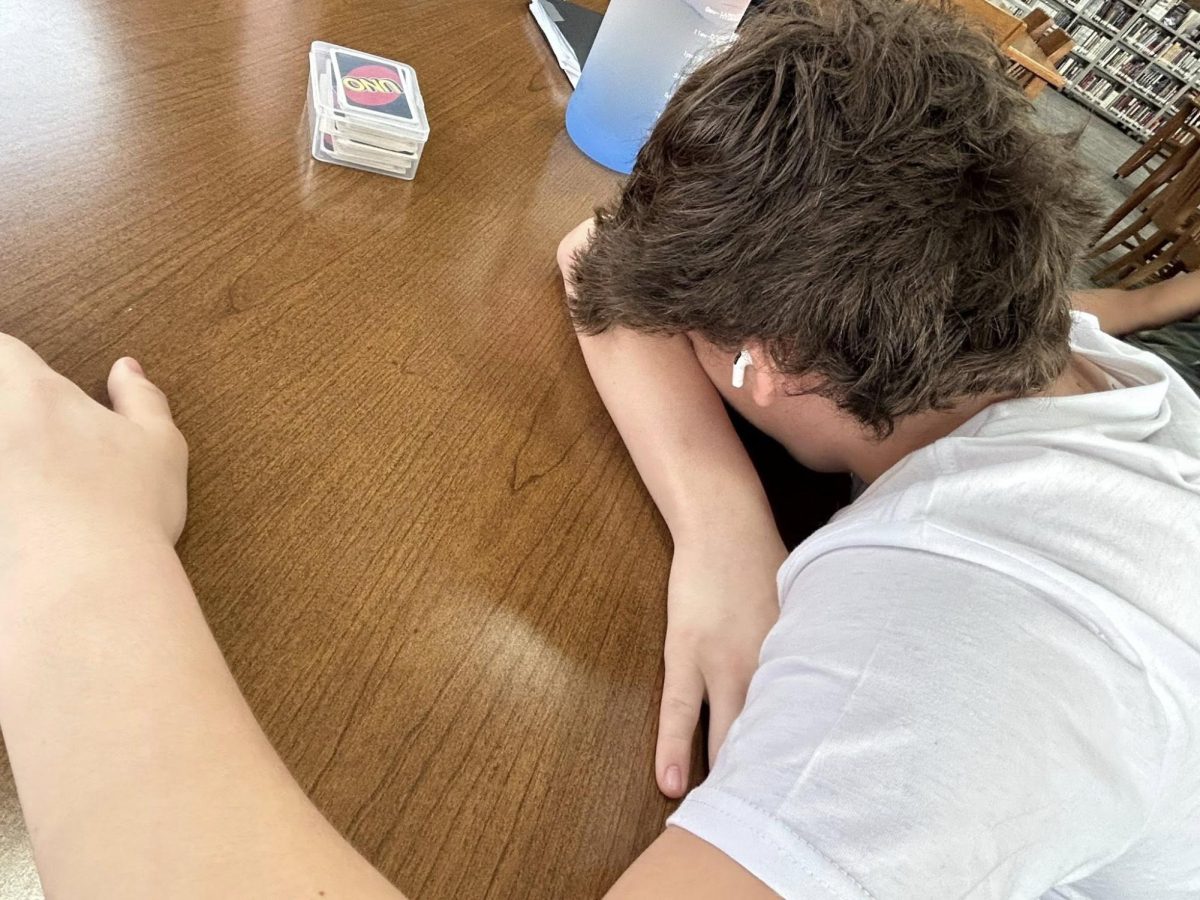Did you know that in many Spanish-speaking countries that Christmas isn’t the end of the holiday season? El Día de los Reyes Magos, or Three Kings Day, is the day when the three Wise Men arrived at the stable to meet baby Jesus. It is on January 6 and many children in Spain and Latin America receive presents from the three Wise Men! The day before, the children go outside and collect hay or grass to put in a shoebox for the camels of the three Wise Men to eat. They also put out their shoes by their beds before going to sleep, and sometimes write letters to the Wise Men asking for gifts. When the children wake up on the morning of January 6, they find presents left in or around their shoes and discover that the camels have eaten the grass or hay!
On el Día de los Reyes Magos, it is customary to get together with friends and family. In Mexico, one tradition is to buy or make a rosca, which is a type of sweet bread. The rosca is baked in an oval shape like a wreath or ring and is decorated with sugar and candied fruit. The candied fruit represents the jewels on the three Wise Men’s crowns. The rosca is cut up and everyone is given a piece. But eat carefully! The fun part is that the rosca has one to three little figurines that represent the baby Jesus hidden inside! According to tradition, whoever finds the figurine in their piece of bread has to make tamales and invite everyone over on February 2, which is exactly 40 days after Christmas. Therefore, not everyone wants to get the baby. Rumor has it that people have been known to swallow the figurine rather than hosting the party! Would you like to participate in this tradition? Would you be hoping to find the baby or avoid it?
Image credit: Rosca de reyes: ¿Cuál es el significado del niño Dios que se pone dentro del pan? – Gastrolab (gastrolabweb.com)







